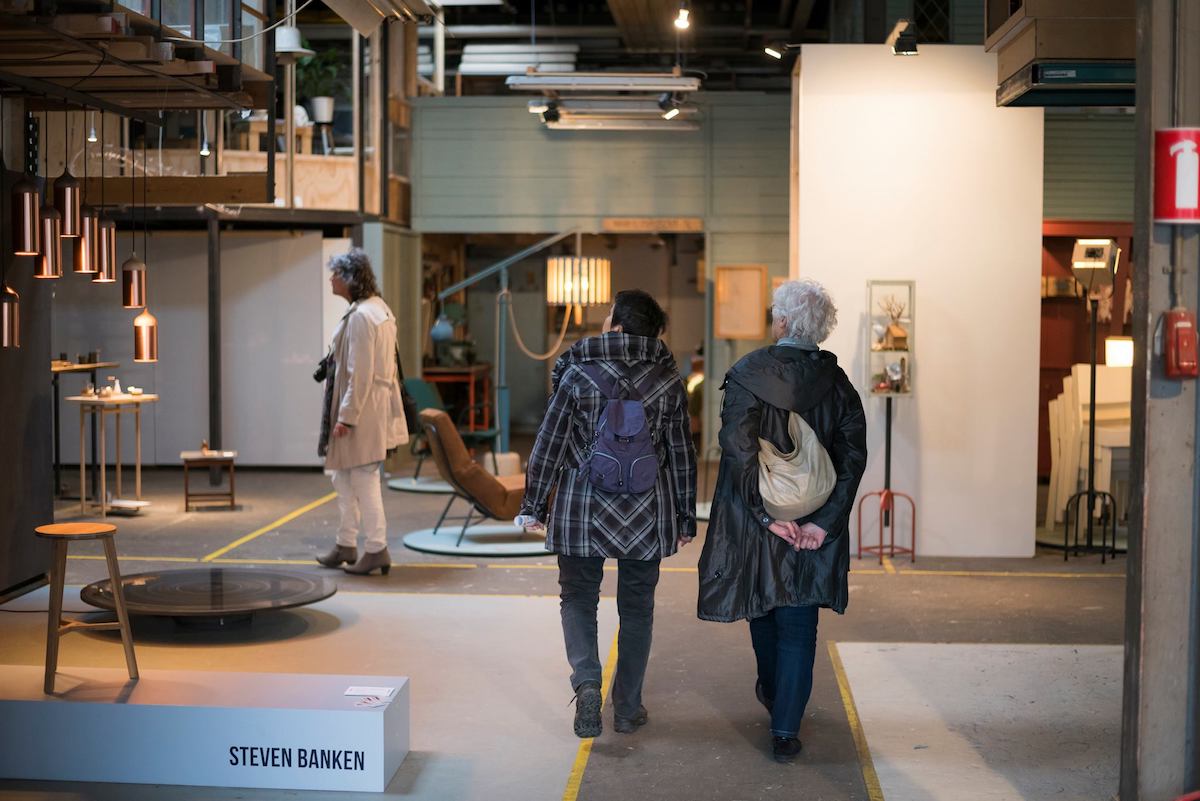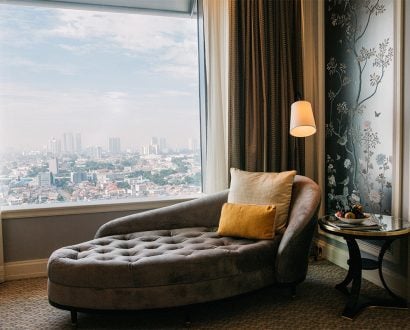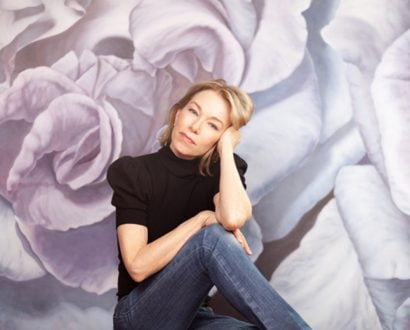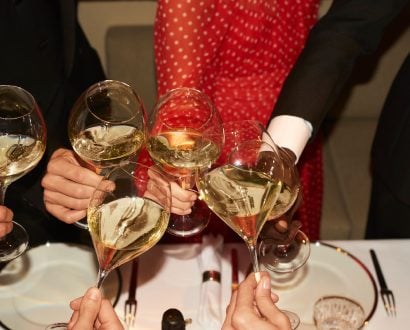110 venues. 610 events. 2,600 designers. 335,000 visitors.
The largest design event in Northern Europe, Dutch Design Week (DDW), has challenged designers to ‘stretch’ their minds and create futuristic hypotheses that might solve some of biggest problems facing the world today.
The results were astounding with entries addressing topics including the future of food design, sustainability and plastic recycling, overpopulation, human rights, and intimacy in the internet age.
Hosted in Eindhoven – the design capital of the Netherlands – the nine-day event (21–29 October 2017) demonstrated how architecture and science can intersect to make a positive impact on society.
“Designers like to work together in search of the edges of what is possible. All of them are world-renowned, professional idealists and they are making the world more beautiful, sustainable, socially healthy, perhaps less lonely, and practical,” said Martijn Paulen, Director of DDW, of the 2017 event.
[Our designers] are world-renowned, professional idealists and they are making the world more beautiful, sustainable, socially healthy, perhaps less lonely, and practical
“During DDW, they manifest themselves as a creative force of nature.”
At the heart of this year’s DDW stood the People’s Pavilion, a temporary structure made entirely from 100% borrowed or recycled materials. It was used as the meeting place for the event, hosting gatherings, lectures and performances.
People's Pavilion at #DDW17, fully made of recycled materials pic.twitter.com/E3Al5d8Pkk
— Frits van Hout (@FritsvanHout) October 20, 2017
Designers at Bureau SLA and Overtreders W used a circular construction approach and thought beyond the life of the building, so that little to no waste was produced when it was taken down.
“The structure itself has almost no ecological footprint. This is what you can do by just borrowing a few materials from friendly people,” said Peter van Assche, founder of Bureau SLA.
Good design for a bad world
International architecture, interiors and design magazine Dezeen partnered with DDW to bring the Good Design for a Bad World project, which included five discussions on climate change, refugees, terrorism, pollution and politics.
Speakers included humanitarian expert Kilian Kleinschmidt, architect Winy Maas, designer Dave Haakens, and What Design Can Do conference organiser Richard van der Lacken.
“It feels like the design world has lost its moral compass and disapproves of social, political and environmental issues. It seems as if designers want to become famous for being famous and have scrapped their problem-solving talent to trivial or enjoyable projects. But the impression is that designers are developing a collective conscience and determination to make a difference,” said Marcus Fairs, international ambassador of DDW.
It seems as if designers want to become famous for being famous and have scrapped their problem-solving talent to trivial or enjoyable projects
Food of the Future
One of the biggest exhibitions this year, The Embassy of Food offered insights into how food will be grown, processed, transported and eaten in the future.
It also looked at how farming systems could change as a result of food scarcity and new technologies.
Ideas included salt-tolerant crops, 3D-printed food, synthetic fish, plant-based meat alternatives and edible, enzyme-enhanced bioplastic foods.
At the end of the exhibition, visitors were asked to choose the concepts they believed were most viable for the future, forcing them to be more conscious of food consumption, animal welfare and environmental impacts.
Cities of the Future
Hoping to answer the question, ‘What does the future city look like?’, global architecture and urban design practice MVRDV, and its think tank The Why Factory, came together to create a multi-coloured Tetris-inspired hotel.
Called (W)ego, the polycarbonate structure houses nine guest rooms that can be reconfigured to suit the present and future needs of its inhabitants – whether they be students, families or refugees.
(W)ego, one of 4 installations @dutchdesignweek ambassador, Winy Maas and @thewhyfactory opens this Saturday.https://t.co/GeaAOFvX80#DDW17 pic.twitter.com/Kbxe7ax8la
— MVRDV (@MVRDV) October 20, 2017
Keeping in mind the limitations that the future brings (decreasing resources, increasing populations, and climate change), MVRDV believes that futuristic architecture must be flexible.
“Based on the hypothesis that the maximum density could be equal to the maximum of desires, this research conducted by The Why Factory explores the potentials of negotiation in dense context,” explained Winy Maas, MVRDV co-founder.
“Through gaming and other tools, (W)ego explores participatory design processes to model the competing desires and egos of each resident in the fairest possible way.”







